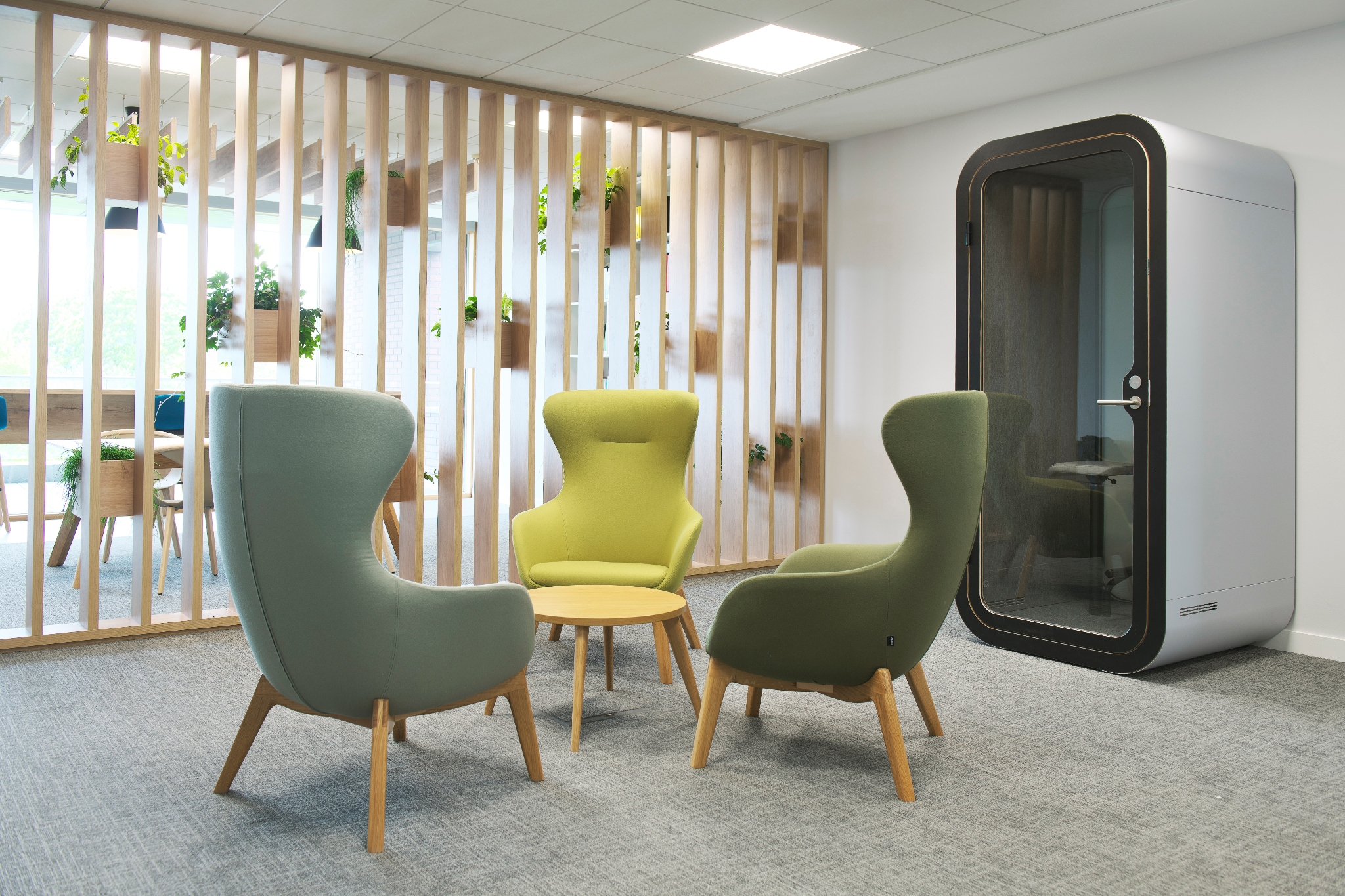Commercial office furniture sets the tone for daily work and supports productivity from day one. A clear brief, careful specification, and practical installation create a workspace that looks good and performs well. This guide covers planning, layout, sustainability, procurement, and care, with notes for projects in Norwich and across Norfolk.
Commercial office furniture planning and brief
Start with outcomes. Define headcount, working patterns, storage needs, and meeting room types. Record desk sizes, screen counts, power access, and device charging. Include furniture that supports focus, collaboration, and short stand-ups. Commercial office furniture should match the IT plan and the brand palette, so finishes and cable routes do not clash with lighting or signage. For office furniture Norwich projects, add site access notes, lift sizes, and any restrictions during delivery windows.
Specification scope and sampling
Write a concise schedule with product names, dimensions, finish codes, and warranty terms. Request samples early and check cleanability, abrasion ratings, and colour consistency under office lighting. Photograph sample boards so stakeholders can approve choices quickly. Keep a revision log so changes are easy to track.
Office furniture space planning and layout
Good layout supports movement, sightlines, and acoustic comfort. Mark primary routes at a safe width and keep corners clear. Group collaboration tables near screens and power. Use monitor arms to free desk space and reduce glare. Commercial office furniture should lock in critical dimensions before power and data are fixed on site. This reduces late changes to floor boxes and wall outlets.
Zones and furniture types
Plan quiet desks, small meeting rooms, project tables, and soft seating. Select stackable chairs for flexible rooms. Use mobile tables for training areas. Add lockers where hot desking is in use. Choose storage that supports both daily access and archive.
Sustainable office furniture choices
Sustainable office furniture reduces waste and supports a lower carbon footprint. Prioritise FSC timber, recycled metals, and fabrics with credible certifications. Choose modular parts that can be repaired or replaced. Consider remanufactured task chairs and refitted tables with new tops. Commercial office furniture with published testing and spare parts support will last longer and reduce total cost of ownership.
Environmentally friendly office furniture in practice
Ask suppliers for recycled content percentages and end-of-life options. Confirm low VOC finishes and formaldehyde limits. Set a reuse plan for any pieces moving to a new floor or a different team. Record serial numbers and finish codes for future matching.
Bespoke office fitout furniture and suppliers
Standard ranges work for most items. Bespoke office fitout furniture helps where dimensions are tight or brand details matter. Typical items include reception desks, storage walls, banquette seating, and feature tables. Work with bespoke office furniture suppliers who can provide drawings, edge details, cable routing, and fixings that suit your building. Commercial office furniture that blends standard items with a few custom pieces gives a tailored result without slowing the programme.
Materials and durability
Pick laminates, veneers, and powder coats that resist chips and stains. Specify edging, joint details, and finger-pulls that suit daily use. Confirm fire ratings for foams and fabrics. Add simple cleaning notes for facilities teams.
Procurement, delivery, and installation
Plan procurement in stages. Place long lead items first, then ancillary pieces. Align deliveries with site readiness and protection for floors and walls. Book a staging area for unboxing and checks. Build a live snag list during install so minor issues close before handover. For Norwich office furniture deliveries, schedule during quieter traffic periods and confirm parking or loading bay access.
Health, safety, and compliance
Verify standards such as EN 1335 for task chairs and stability tests for tables and storage. Record anti-tilt drawer mechanisms and safe loading for shelving. Include anchor points where required.
Care, maintenance, and lifecycle
Set a service window one month after move-in to adjust chair tension, desk heights, and any wobbles. Keep spare castors, feet, and cable clips on site. Commercial office furniture benefits from simple care routines that protect finishes and extend product life. Publish a short guide that covers cleaning, stain treatment, and parts replacement. This supports teams and reduces callouts.
Local focus: office furniture Norwich and Norfolk
Projects across Norwich and wider Norfolk benefit from local supplier knowledge, faster site visits, and responsive support. Share real project photos and concise captions so buyers can compare sizes, finishes, and layouts. Use clear language on lead times, sustainability notes, and upgrade paths to help specification and procurement.
Final Thoughts
A practical plan, accurate specification, and careful installation lead to a workspace that supports people and brand goals. Commercial office furniture should link design intent to daily use, with products that are comfortable, durable, and simple to maintain. This balanced approach keeps projects on time and teams ready to work.
Ready to transform your workspace into a place where people want to work? Get in touch to discuss your project and discover how we can help you create an office that inspires.
For additional reading – see the UK GOV workplace design guide.















